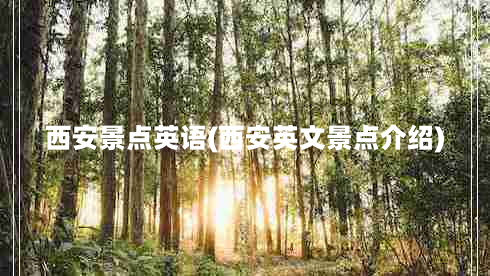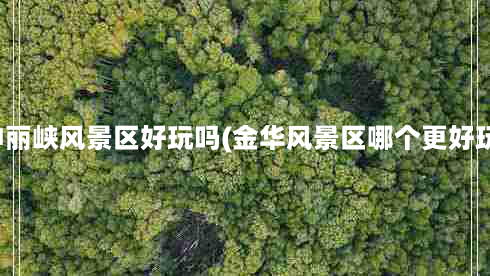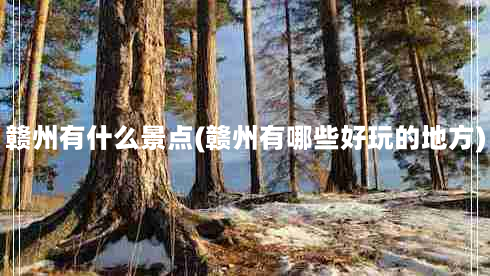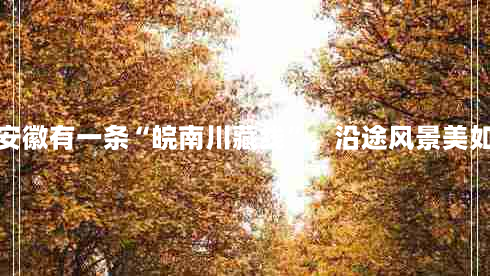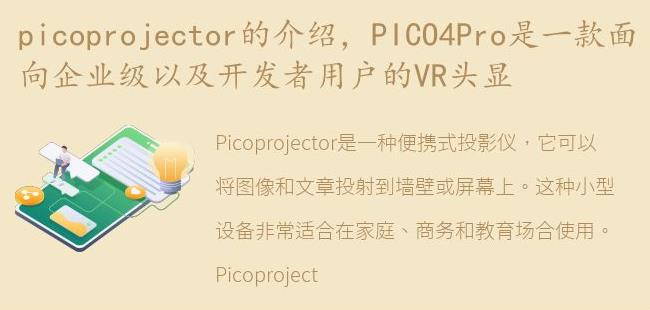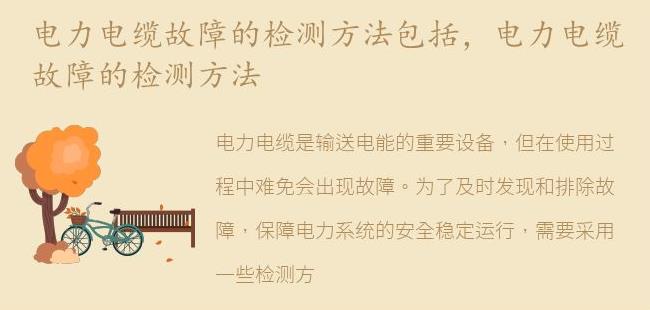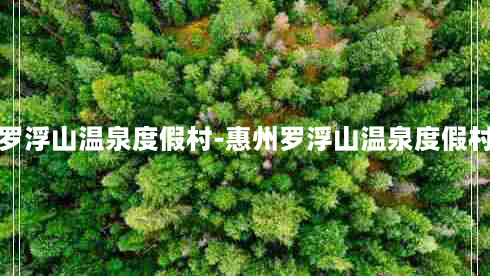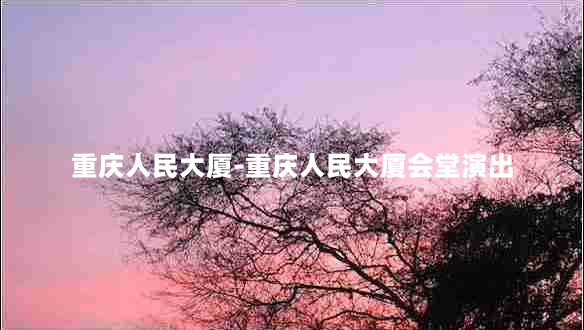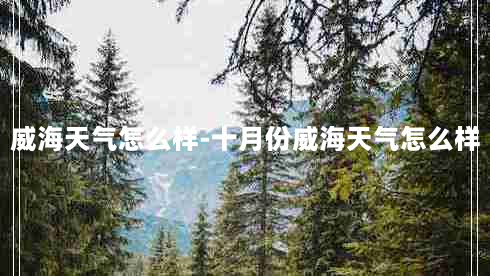西安景点英语(西安英文景点介绍)
西安各大名胜古迹的英文简介
1、大雁塔

Dayan Pagoda is located in Dacheng Temple, Jinchangfang, Chang'an City,
Tang Dynasty (now south of Xi'an City, Shaanxi Province), also known as "Tiantan Pagoda".
In the three years of Tang Yonghui (652), Xuanzang presided over the construction of the goose
pagoda of Tibetan Buddhi *** , which Tianzhu brought back to Chang'an via the Silk Road.
The first five layers are added to the ninth layer, and the number and height of the seventh layer are changed many times.
Finally, they were fixed on the seven-storey tower seen today, 64.517 meters high and 25.5 meters long at the bottom.
译文:
大雁塔位于唐长安城晋昌坊(今陕西省西安市南)的大慈恩寺内,又名“慈恩寺塔”。
唐永徽三年(652年),玄奘为保存由天竺经丝绸之路带回长安的经卷佛像主持修建了大雁塔,最初五层,后加盖至九层,再后层数和高度又有数次变更,最后固定为今天所看到的七层塔身,通高64.517米,底层边长25.5米。
2、钟鼓楼
Xi'an Bell and Drum Tower is the combination of Xi'an Bell and Drum Tower and Xi'an Drum Tower.
Located in the center of Xi'an, capital of Shaanxi Province, it is a landmark building of Xi'an.
These two Ming Dynasty buildings echo each other with great momentum.
The Bell Tower is an attic building with three eaves, four corners and a cusp.
It covers an area of 1377.64 square meters and is built on the square foundation made of green bricks and white ash.
The cross-shaped cave 6 meters high and wide under the platform is connected with four streets in the southeast, northwest and northeast.
译文:
西安钟鼓楼是西安钟楼和西安鼓楼的合称,位于陕西省省会西安市市中心,是西安的标志性建筑物,两座明代建筑遥相呼应,蔚为壮观。
钟楼是一座重檐三滴水式四角攒尖顶的阁楼式建筑,面积1377.64平方米,建在用青砖、白灰砌成的方形基座上。基座下有高与宽均为6米的十字形券洞与东南西北四条大街相通。
西安英文景点介绍
西安英文景点介绍
西安,古称长安、镐京,现为陕西省省会、副省级市、国家区域中心城市(西北),是国务院批复确定的中国西部地区重要的'中心城市,下面就是我为大家带来的西安英文景点介绍,希望能够帮到大家!
西安英文景点介绍
大雁塔 Great Wild Goose Pagoda 小雁塔 Small Wild Goose Pagoda 秦始皇兵马俑博物馆
Museum of Emperor Qinshihuang’s Tomb Figures of Soldiers and Horses 秦始皇陵 The Tomb of Emperor Qinshihuang 鼓 楼 The Drum Tower 钟 楼 The Bell Tower
西安城墙 The Xi’an Circumvallation 华清池 The Huaqing Pond 法门寺 The Famen Temple
黄河壶口瀑布 The Huanghe Hukou Waterfall 大唐芙蓉园 Lotus palace of Tang Dynasty Xi'an: Big Wild Goose Pagoda (Dayanta)
The Big Wild Goose Pagoda (Dayan Ta),is a Buddhistpagoda built in 652 AD ring the Tang Dynasty and originally had five stories.The original construction of rammed earth with a stone exterior facade eventually
collapsed five decades later but was rebuilt by Empress Wu Zetian in 704AD who added five more stories. A massive earthquake in 1556 heavily damaged the pagoda and reced it by three stories to its current height of seven stories One of the pagoda's many functions was to hold sutras and figurines of the Buddha that were brought to China from Indiaby Xuanzang, a famous Chinese Buddhist monk, scholar, traveler, and translator.Xuanzang is a prominent Buddhist figure mostly known for his seventeen year overland trip to India and back, which is recorded in detail in his autobiography and a biography, and which provided the inspiration for the epic novel “Journey to the West”.
The pagoda is built on the premises of the Temple of Great Maternal Grace (Da Ci'en), originally built in 589 AD and then rebuilt 647 AD by the Tang Emperor Gaozong in memory of his mother EmpressWende. Before the gates of the temple stands a statue of Xuanzang. North Square of Big Wild Goose Pagoda
Surrounding Big Wild Goose Pagoda, the scenery is also quite charming, especially the square north of the Da Ci'en Temple. Covering about 110,000 square meters (131563 square yards) plus 20,000 square meters (23920.6 square yards) of water area, it holds many records: in Asia, it is the biggest Tang-culture square, the biggest fountain and waterscape square, and the largest-scale sculptures area. In the world, it has the most benches, the longest light-belt, and the largest-scale acoustic complex.
The entire square is composed of waterscape fountains, a cultural square, gardens and tourist paths. There you can taste real Chinese culture and traditions and fully enjoy the truly attractive views. With reliefs on the theme of the prosperous Tang Dynasty, 200-meter-long (656-foot-long) sculpture groups, 8 groups of sculpted figures, 40 relievos on the land, and 22 styles of musical fountains, it has become a must-see when you visit Big Wild Goose
The Museum of Qin Terra-cotta Warriors and Horses
One of the most significant archaeological finds in the world, this
16,300-square-meter excavation reveals more than 7,000 life-size terracotta figures of warriors and horses arranged in battle formations. (3 pits)
The terracotta warriors and horses, created about 2,200 years ago, were found in 1974 on the east side of the tomb of the First Emperor Qin Shihuang (259 BC - 210 BC) near Xi'an.
Emperor Qin Shihuang had Ying as his surname and Zheng as his given name. In 221 B.C., when he unified the whole country, named himself Shihuang Di and carried on the hereditary system.
To protect against haras *** ent by the Hun aristocrats. Emperor Qin Shihuang ordered the Great Wall be built. The Bell Tower (Zhonglou)
Centrally located on the Xi'an. The original City Bell Tower was constructed in 1582 and situated in the west, but on its reconstruction in 1739, the tower was relocated to its present site. A Ming dynasty bell weighing approximately 14.76 tons hangs in the tower, but no longer chimes to inform residents of the time of day. Visitors have the chance to inspect up-close a number of *** aller bells.
Although the site itself is more of a landmark than an attraction, it is frequently enlivened with local performances. Visitors interested in local music should visit the site in the morning and early afternoon.
Originally, the tower had a number of entrances, but today, it only has one accessible entrance located on Bei Dajie close to the Admission Ticket Office.
Xi'an: Drum Tower (Gulou)
The Drum Tower was built in 1380 ring the early Ming Dynasty, and got its name from the hugedrum located within the building. In contrast to the Bell Tower ,where bell was stricken at dawn, drum was beat at sunset to indicate the end ofthe day.
There are twenty-four drums in the northand south sides of the Drum Tower . These drums standfor the Twenty-four Solar Terms, a form of weather
calendar created by theChinese in order to guide the agricultural proction. The Xi’an Circumvallation
The Xi’an Circumvallation site is located at the center of xi’an city with the form of a rectangular. The circumvallation, with its wall height of 12 meters, bottom width of 18 meters and top width of 15 meters, consists of 4 city gates: changle gate to the east, anding gate to the west, yongling gate to the south and anyuan gate to the north. Its east wall has the length of 2590 meters, west wall of 2631.2 meters, south wall of 3441.6 meters and north wall of 3241 meters. It was constructed on the basis of the tang imperial city and under the strategic consideration of defense. The thickness of the wall is larger than its height and is very solid that cars can run on it. The existing circumvallation was built ring
1373-1378 with the history of more than 600 years. It is one of the most
famous wall construction in China’s history after the middle ages as well as the most preserved ancient one in China. Small Wild Goose Pagoda
The Small Wild Goose Pagoda, sometimes Little Wild Goose Pagoda (Chinese: 小雁塔; pinyin: Xiǎoyàn Tǎ), is one of two significant pagodas in the city of Xi'an, China, the site of the old Han and Tang capital Chang'an. The other notable pagoda is the Giant Wild Goose Pagoda, originally built in 652 and restored in 704. The Small Wild Goose Pagoda was built between 707–709, ring the Tang Dynasty under Emperor Zhongzong of Tang (r 705–710). The pagoda stood 45 m (147 ft) until the 1556 Shaanxi earthquake. The earthquake shook the pagoda and damaged it so that it now stands at a height of 43 m (141 ft) with fifteen levels of tiers.[1] The pagoda has a brick frame built around a hollow interior, and its square base and shape reflect the building style of other pagodas from the era.[1]
During the Tang Dynasty, the Small Wild Goose Pagoda stood across a street from its mother temple, the Dajianfu Temple. Pilgrims brought sacred
Buddhist writings to the temple and pagoda from India, as the temple was one of the main centers in Chang'an for translating Buddhist texts.[1] The temple was older than the pagoda, since it was founded in 684, exactly 100 days after the death of Emperor Gaozong of Tang (r. 649–683).[1] Emperor Zhongzong had donated his residence to the building of a new temple here, maintaining the temple for 200 monks in honor of his deceased father Gaozong.[1] The temple was originally called the Daxianfusi or Great Monastery of Offered Blessings by Zhongzong, until it was renamed Dajianfusi by Empress Wu Zetian in 690.
;陕西所有旅游景点英文名称是什么?
The Terra-Catta Warriors&Horses of the Qin Dynasty--秦兵马俑
Huaqing Hot Spring-华清池
First Emperor's Tomb of the Qin Dynasty-秦始皇陵
City Wall-西安城墙
Banpo Museum-半坡博物馆
Big Wild Goose Pagoda-大雁塔
Forst of Stelae-碑林
Great Mosque - *** 寺
Famen Temple-法门寺
Maoling Mausoleum-茂陵
Yang Guifei Tomb-杨贵妃墓
Black Dargon Temple -青龙寺
Temple of Prosperous Teaching-兴教寺
Qianling Tomb-乾陵
Yellow Emperor's Tomb-黄帝陵
Yaowang Temple药王庙
大雁塔:Big Goose Pagoda
钟鼓楼:Bell and Drum Towers
Mountain Hua 华山
就这些了,希望能帮到你!
西安的名胜古迹有啥?(中英文)
兵马俑:The Terra Cotta Warriors
华清池Huaqing pool
西安城墙Xi'an city Wall
半坡遗址 Half way up the mountain site
阿房宫遗址 Palace site of room of A
骊山Li mountain
小雁塔Small Wild Goose Pagoda
华山:Mount Hua
兴庆公园Xingqing Park.
钟楼 bell tower
鼓楼 drum-tower
慈恩寺benevolence
西安旅游景点英文介绍
Big Wild Goose Pagoda
Originally built in 652 ring the reign of Emperor Gaozong of the Tang Dynasty (618-907), it functioned to collect Buddhist materials that were taken from India by the hierarch Xuanzang.
Xuanzang started off from Chang'an (the ancient Xian), along the Silk Road and through deserts, finally arriving in India, the cradle of Buddhi *** . Enring 17 years and traversing 100 countries, he obtained Buddha figures, 657 kinds of sutras, and several Buddha relics. Having gotten the permission of Emperor Gaozong (628-683), Xuanzang, as the first abbot of Da Ci'en Temple, supervised the building of a pagoda inside it. With the support of royalty, he asked 50 hierarchs into the temple to translate Sanskrit in sutras into Chinese, totaling 1,335 volumes, which heralded a new era in the history of translation. Based on the journey to India, he also wrote a book entitled 'Pilgrimage to the West' in the Tang Dynasty, to which scholars attached great importance.
First built to a height of 60 meters (197 feet) with five stories, it is now 64.5 meters (211.6 feet) high with an additional two stories. It was said that after that addition came the saying-'Saving a life exceeds building a seven-storied pagoda'. Externally it looks like a square cone, simple but grand and it is a masterpiece of Buddhist construction. Built of brick, its structure is very firm. Inside the pagoda, stairs twist up so that visitors can climb and overlook the panorama of Xian City from the arch-shaped doors on four sides of each storey. On the walls are engraved fine statues of Buddha by the renowned artist Yan Liben of the Tang Dynasty. Steles by noted calligraphers also grace the pagoda.
As for the reason why it is called Big Wild Goose Pagoda, there is a legend. According to ancient stories of Buddhists, there were two branches, for one of which eating meat was not a taboo. One day, they couldn't find meat to buy. Upon seeing a group of big wild geese flying by, a monk said to himself: 'Today we have no meat. I hope the merciful Bodhisattva will give us some.' At that very moment, the leading wild goose broke its wings and fell to the ground. All the monks were startled and believed that Bodhisattva showed his spirit to order them to be more pious. They established a pagoda where the wild goose fell and stopped eating meat. Hence it got the name 'Big Wild Goose Pagoda'.
The Terracotta Army (Chinese: 兵马俑; Pinyin: Bīng Mǎ Yǒng; literally "military servants") or Terra-cotta Warriors and Horses is a collection of 8,099 life-size terra cotta figures of warriors and horses located in the Mausoleum of the First Qin Emperor (秦始皇陵; Qín Shǐ Huáng Líng). The figures were discovered in 1974 near Xi'an, Shaanxi province,
The terracotta figures were buried with the first Emperor of Qin (Qin Shi Huang) in 210-209 BC. Consequently, they are also sometimes referred to as "Qin's Army."
The Terracotta Army of China was discovered in March 1974 by local farmers drilling a well to the east of Mount Li. Mount Li is the name of the man-made necropolis and tomb of the First Emperor of Qin; Qin Shi Huang. Construction of this mausoleum began in 246 B.C. and is believed to have taken 700,000 workers and craft *** en 36 years to complete. Qin Shi Huang was interred inside the tomb complex upon his death in 210 B.C. According to the Grand Historian Sima Qian, The First Emperor was buried alongside great amounts of treasure and objects of craft *** anship, as well as a scale replica of the universe complete with gemmed ceilings representing the co *** os, and flowing mercury. representing the great earthly bodies of water. Recent scientific work at the site has shown high levels of mercury in the soil of Mount Li, tentatively indicating an accurate description of the site’s contents by Sima Qian.
The tomb of Qin Shi Huang is near an earthen pyramid 76 meters tall and nearly 350 meters square. The tomb presently remains unopened. There are plans to seal-off the area around the tomb with a special tent-type structure to prevent corrosion from exposure to outside air. However, there is at present only one company in the world that makes these tents, and their largest model will not cover the site as needed.
Qin Shi Huang’s necropolis complex was constructed to serve as an imperial compound or palace. It is comprised of several offices, halls and other structures and is surrounded by a wall with gateway entrances. The remains of the craft *** en working in the tomb may also be found within its confines, as it is believed they were sealed inside alive to keep them from divulging any secrets about its riches or entrance. It was only fitting, therefore, to have this compound protected by the massive terra cotta army interred nearby.
西安名胜古迹的英语翻译
Bell tower Terracotta warriors and horses Datang Furong Garden Maritime Museum Big wild goose pagoda Small wild goose pagoda
本网站文章仅供交流学习 ,若来源标注错误或侵犯到您的权益烦请告知,我们将立即删除. 邮箱jdapk@qq.com











